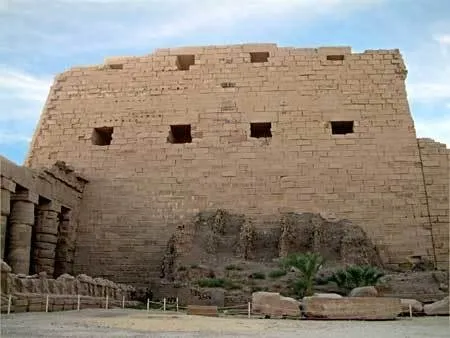Taipal, which consists mainly of placing the prepared soil into molds and compressing them as densely as possible to form a strong and durable structure. This technique has been used for the "straw pylon" building and has survived for a very long time. In recent decades, after the wave of sustainability, it has been widely developed and used in countries such as Australia and the United States.
To make regular walls with predefined dimensions in the design, metal lids are used as "L" and "T". Using a multi-directional mixer, a homogeneous mix can be produced using soil from the project site or nearby to avoid consumption in transport. To ensure good results, the ESALQ / USP analytical test is performed in the laboratory during the entire work cycle, with a minimum pressure strength of 3 MPa and a minimum of 8000 MPa.
 !
!
"pneumatic tamper" and using skilled workers who can produce 15 m 2 of the wall thickness of 30 cm per day and can be finished at a lower cost compared to similar or not according to the customer's opinion.
The picture shows the Karnak Temple as the first use of the walls of Pylon Block Mud